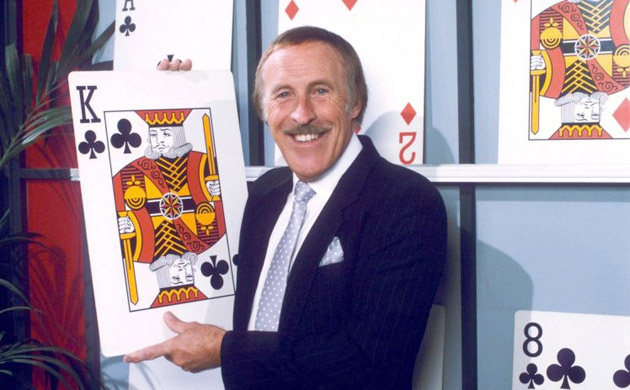Our group in the DIR module have been shaping our research proposal. We had originally been looking at the idea of a neighbourhood swap shop, where communities would share and trade skills etc.
Yesterday the idea altered slightly, we are still looking at engaging a community in collaboration however I think it is now more concerned with creativity, and looking at ways to rejuvenate a community through social networks.
I think we are all a happier with this angle, the passion was somewhat down on last week for the skill swapping idea, plus we felt it would be difficult to find an innovative approach as there are already quite a few examples along the same lines.
From doing a bit of research into this new idea, and combined with the general research I've been doing for my 3rd semester project I'm beginning to find some research fields that I'm really interested in. I think it could be really valuable to use design thinking in contexts such as urban/community planning, and also utilise the methods available to involve the people of that community within the process.
I think through community participation and inclusion people can really get a sense of ownership of a space, and this has great potential for expansion into a variety of contexts.
